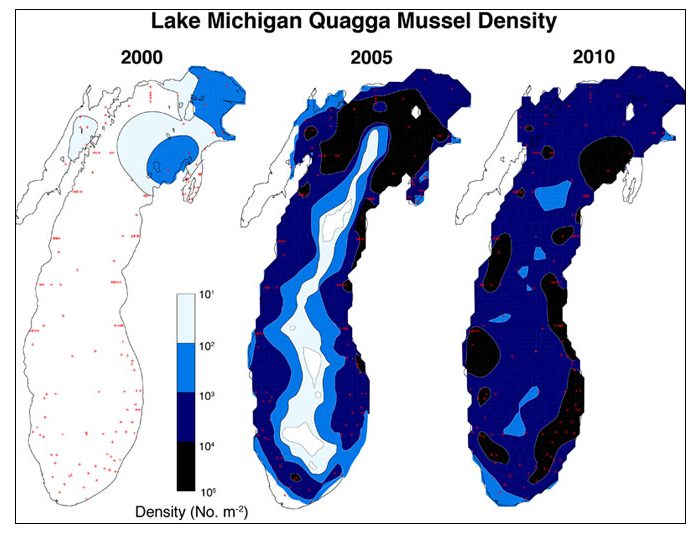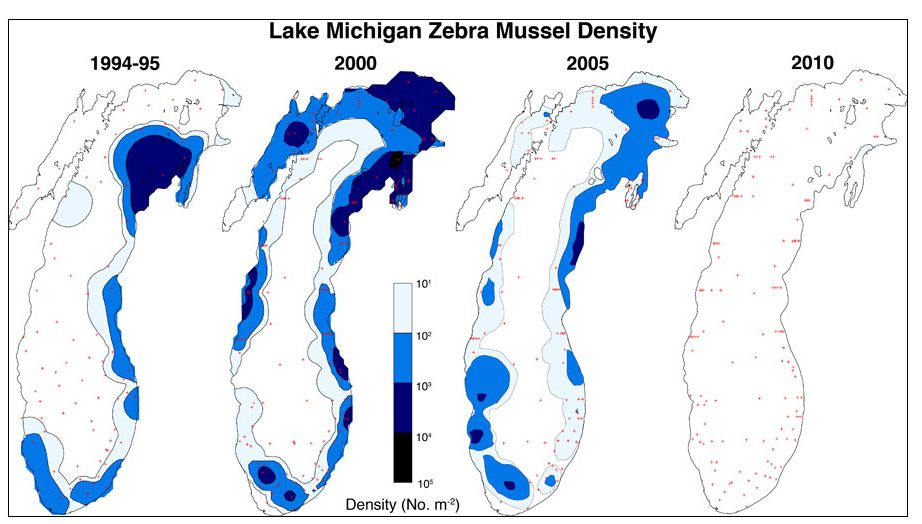*Restricted in Michigan
Overview
Since their introduction in the late 1980s, zebra mussels (Dreissena polymorpha) have spread rapidly to all of the Great Lakes and an increasing number of inland waterways throughout the United States and Canada.
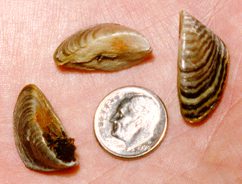 As we have noticed throughout our Northern Michigan lakes, these freshwater bivalves colonize anywhere they can attach their tiny byssal threads. Many lake residents have indicated that thick colonies have attached to their docks, boat hulls, and water intake pipes. They are highly prolific reproducers; female zebra mussels can produce 1 million eggs per year!
As we have noticed throughout our Northern Michigan lakes, these freshwater bivalves colonize anywhere they can attach their tiny byssal threads. Many lake residents have indicated that thick colonies have attached to their docks, boat hulls, and water intake pipes. They are highly prolific reproducers; female zebra mussels can produce 1 million eggs per year!
Table of Contents
How they disrupt the ecosystem
The sheer number of zebra mussels in combination with their feeding habits has caused severe disruptions in aquatic ecosystems. Each zebra mussel is capable of filtering a liter of water per day; thus, removing almost every microscopic aquatic plant and animal (phytoplankton and zooplankton). This ecosystem disruption impacts aquatic organisms throughout the food chain, from tiny crustaceans to large trout. The effect of their feeding habits is easily discernable in water transparency data collected by volunteers, which shows that water has become clearer in lakes infested with the mussels. Increased water clarity has lead to yet another impact from zebra mussels; sunlight penetrates to greater depths and results in increased growth of rooted aquatic vegetation and bottom-dwelling algae.
While they continue to filter phytoplankton and zooplankton, they also filter other substances known as toxic contaminants. Zebra mussels have high levels of body fat, thus allowing them to accumulate ten times more PCBs and other toxic contaminants than the native mussels. Once these contaminants are stored in their bodies, they are then transferred up the food chain to their predators. Predators include some species of ducks, freshwater drum, carp, and lake sturgeon.
How they spread
Zebra mussels can spread to inland waters either as veligers transported in water, or as adults attached to boat hulls, engines, bait traps, or on other items. Veligers don’t survive drying, but they can survive in any small pool of water. Adult zebra mussels can close their shells and survive drying for several days. In moist environments, they can survive out of the water even longer.
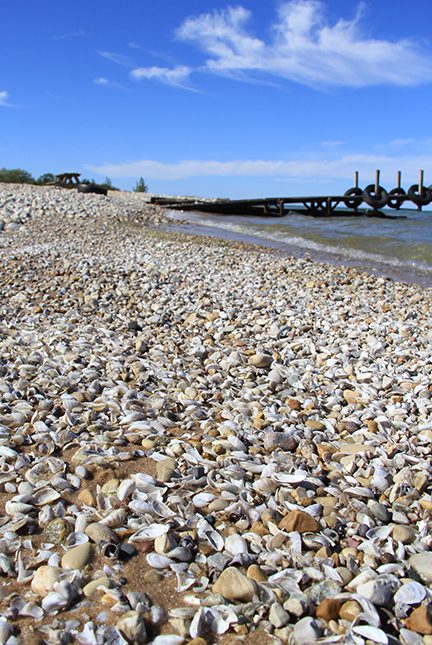
What you can do to prevent the spread of this invasive species
- Learn to identify zebra mussels
- Inspect and remove aquatic plants and animals from boat, motor and trailer.
- Drain your livewells, bilge water, and transom wells before leaving the water access area.
- Rinse boat and equipment with high-pressure hot water (104° F), especially if moored for more than a day, or dry everything for at least 5 days
- Report sightings of zebra mussels to Tip of the Mitt Watershed Council by calling (231) 347-1181 or by e-mail at info@watershedcouncil.org .
Declining density in Lake Michigan
Over a period of 15 years, zebra mussel densities in Lake Michigan declined from 5,200 per square meter on average to 82 animals per square meter. This decline coincides with the dramatic expansion of quagga mussel populations in the lake. (See charts below.) Similar changes have been observed in eastern Lake Erie and in Lake Ontario.
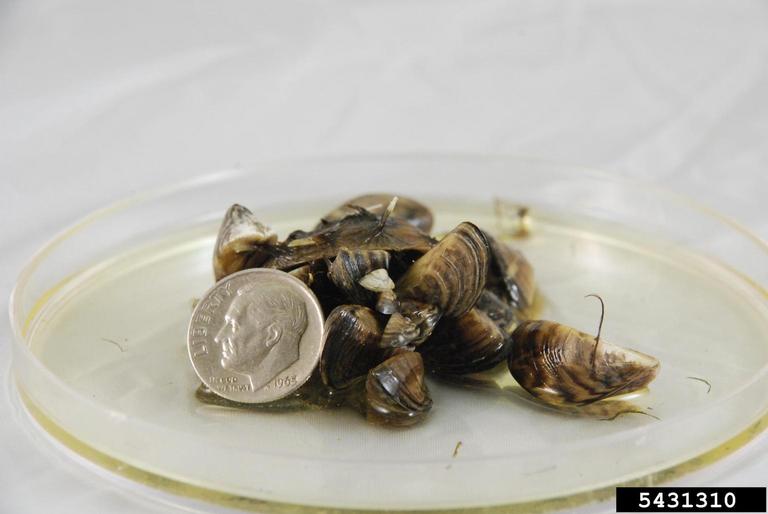
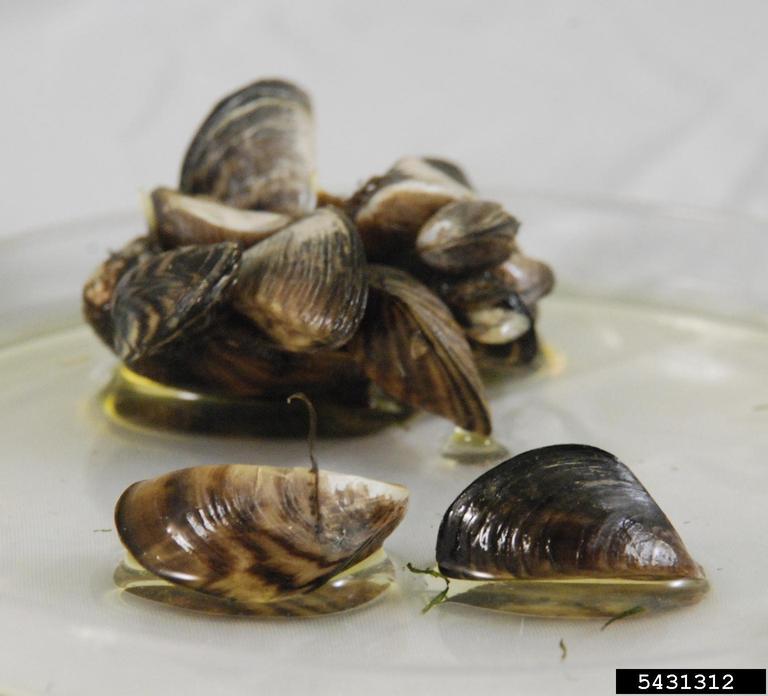
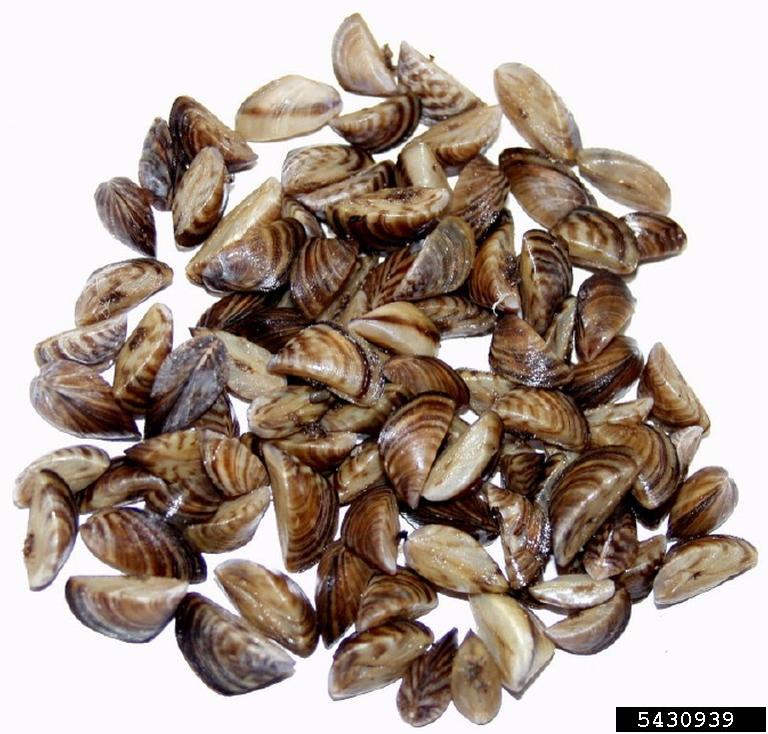
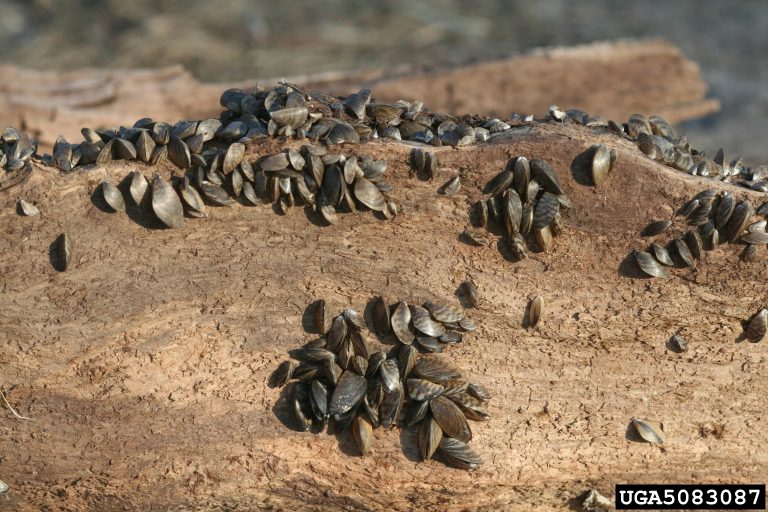
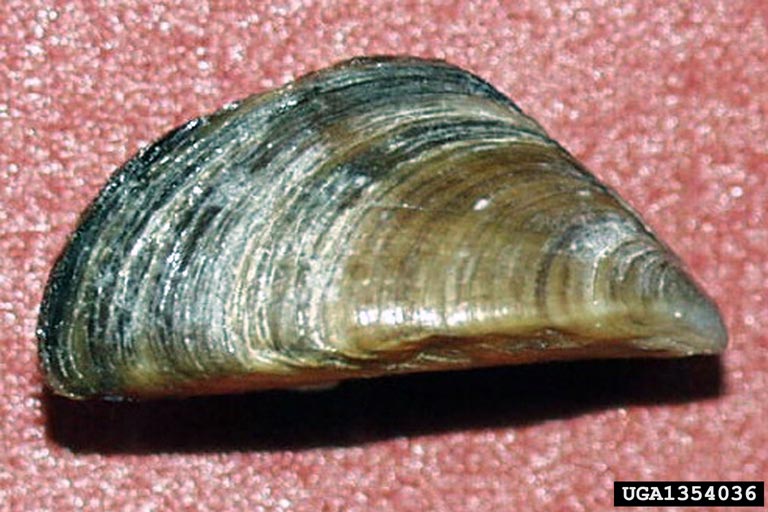
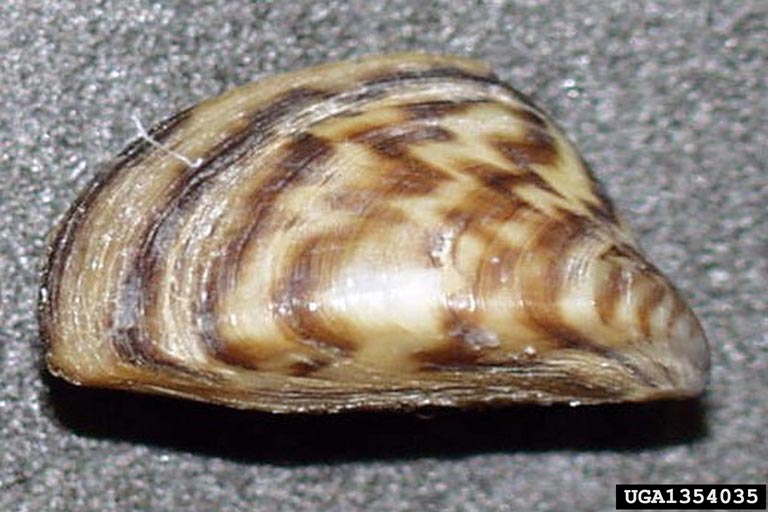

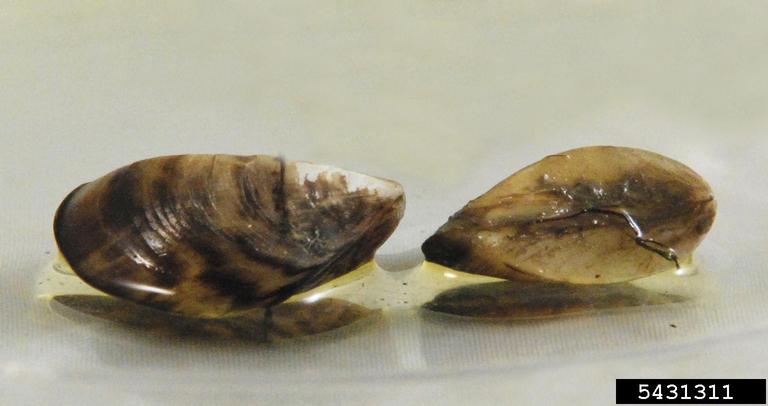
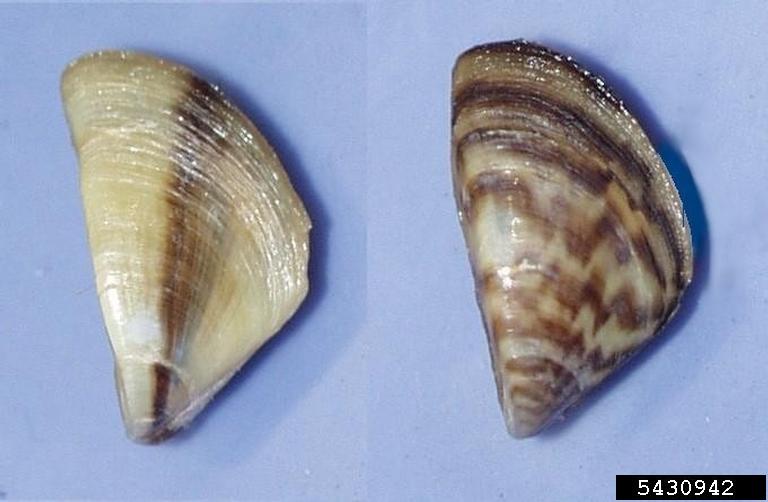
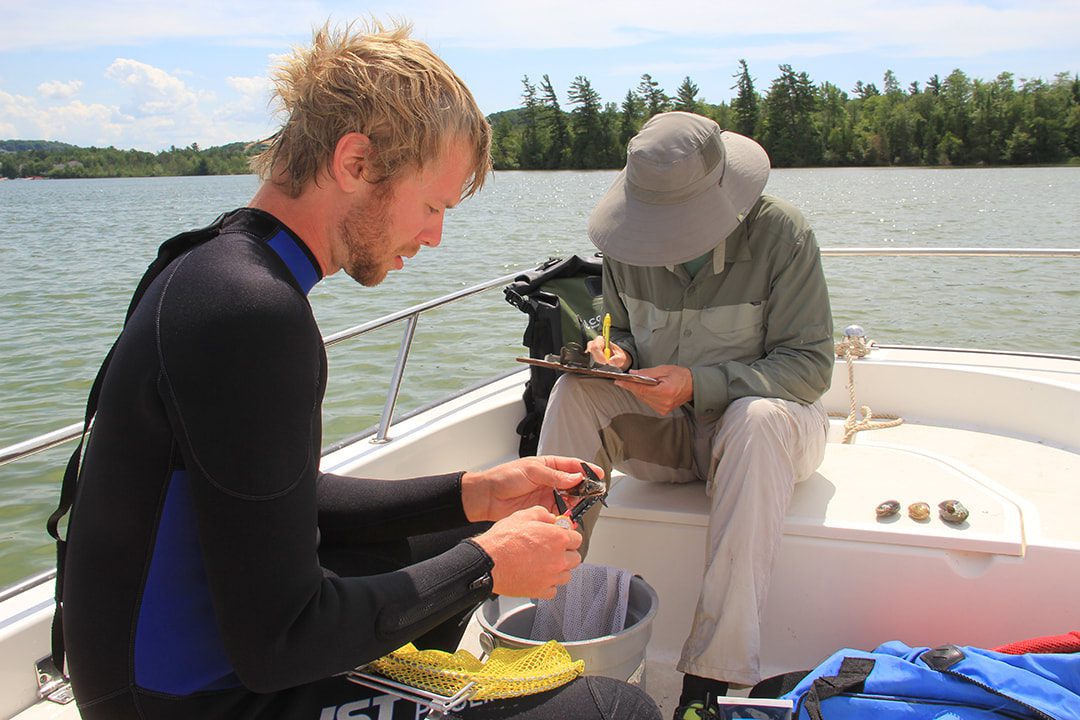
The Zequanox® Study
In 2016, the Watershed Council was awarded a Great Lakes Restoration Initiative grant to evaluate a new control method for zebra and quagga mussels. The biocontrol product Zequanox® was applied to three acres of lake bottom in Round Lake in the summer of 2017. To learn more about this program, click here.
Quagga Mussels
Scientific Name: Dreissena rostriformis bugensis
*Restricted in Michigan
Overview
In addition to the zebra mussel, there is a relatively new invader, the quagga mussel (Dreissena rostriformis bugensis),which is also impacting the health of our lakes. The two look similar with black stripes on tan bodies, but the quagga mussel has a rounded or oval-shaped shell. By most accounts, both species act similarly, however, while zebras primarily live in warm, shallow water, the quagga also lives in deep, cold water. Whereas the zebra can only colonize on hard surfaces, the quagga has the ability to colonize and thrive on both hard and soft substrates including sand, silt, and pebbles. Additionally, the quagga mussel feeds all year round, even in the winter when its cousin the zebra mussel is dormant. The quagga mussel also has a rapid rate of reproduction with a single mature female producing over one million eggs in a spawning season. These factors mean that the negative impacts from the quagga mussel will be substantially greater to our waters than those of the zebra mussel. While the extent of adverse impacts is still unknown due to the limited amount of time the quagga mussel has been living in the Great Lakes, there is already fear that these little creatures will be much more threatening to the health of our waters.
Once a rare find, quagga mussels are now the dominant invasive mussels. In just a few years, they have completely decimated their cousin the zebra mussel. Recent studies by the National Oceanic and Atmospheric Administration Great Lakes Environmental Research Laboratories prove that quagga mussels are rapidly gaining dominance in our Great Lakes. In a 2000 survey, zebra mussels made up 98.3% of mussels collected in Lake Michigan. By 2005, the quagga mussel population had accounted for up to 97.7%.
Table of Contents
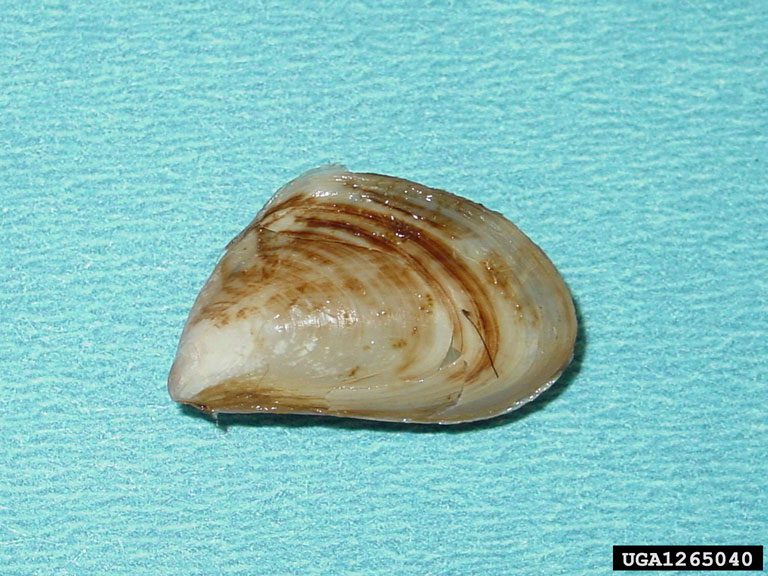
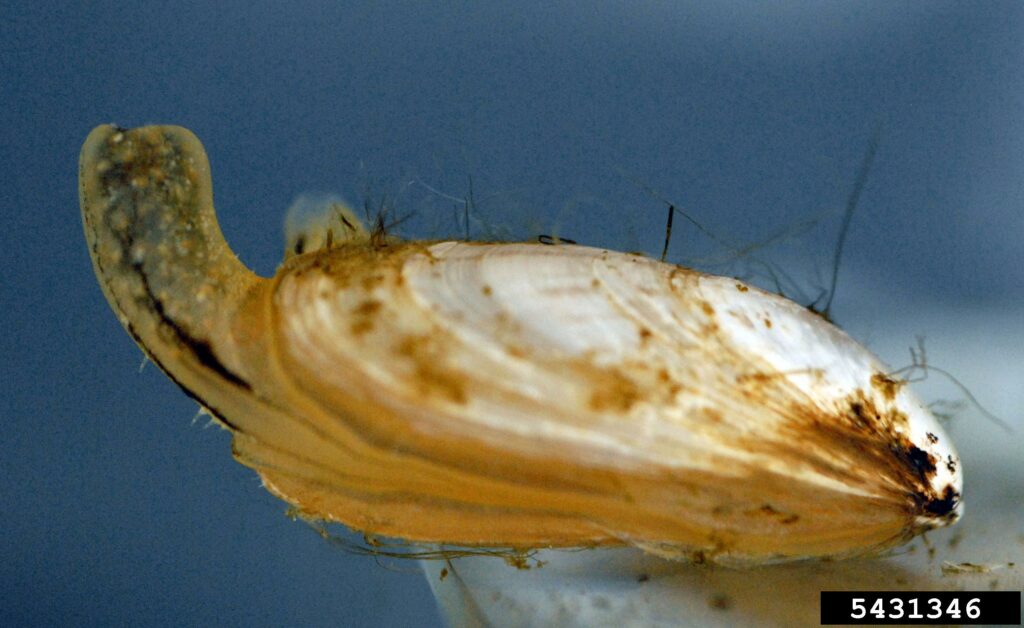
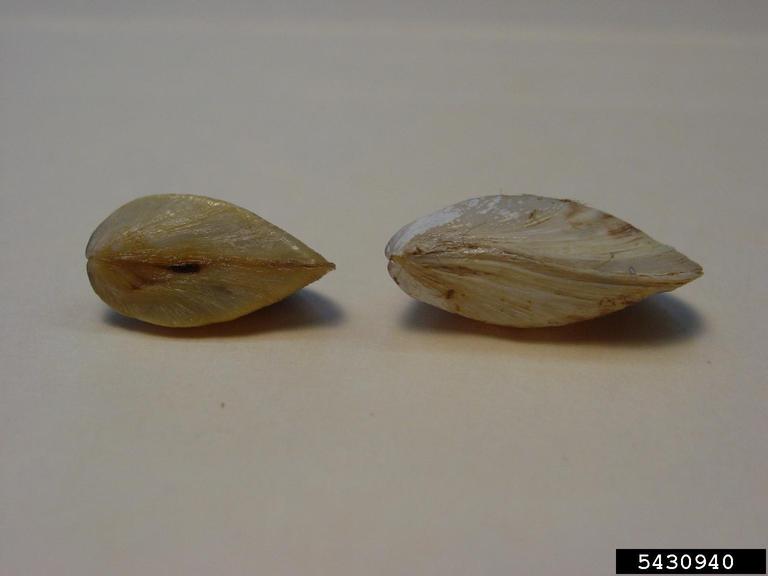
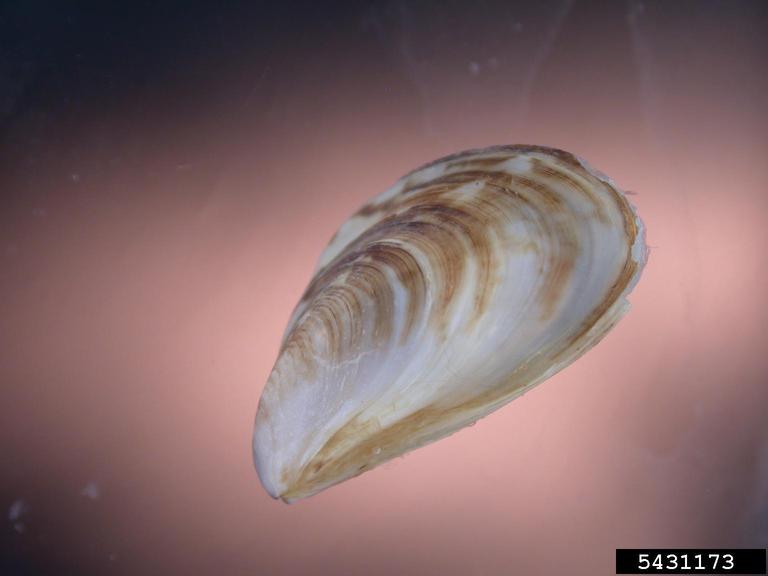
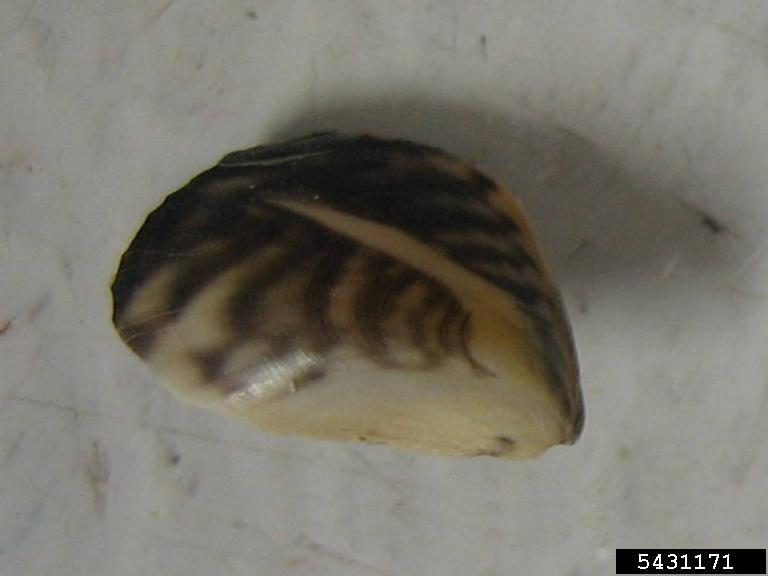
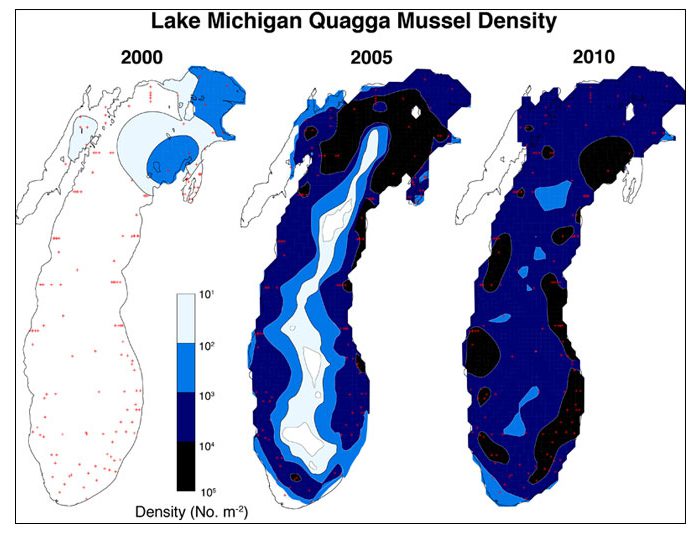
Prevent the spread of this invasive species
- Learn to identify quagga mussels
- Inspect and remove aquatic plants and animals from boat, motor and trailer.
- Drain your livewells, bilge water, and transom wells before leaving the water access area.
- Rinse boat and equipment with high-pressure hot water (104° F), especially if moored for more than a day,
or dry everything for at least 5 days - Report sightings of quagga mussels to Tip of the Mitt Watershed Council by calling (231) 347-1181 or by e-mail at info@watershedcouncil.org .
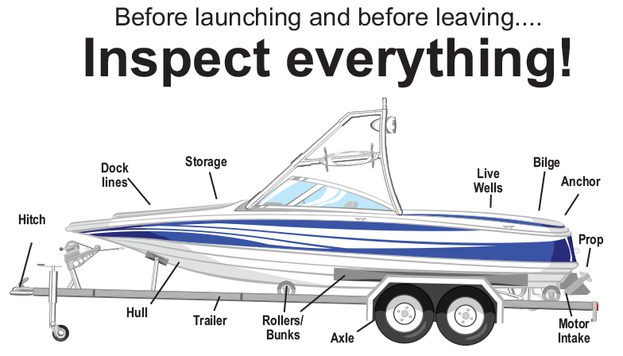
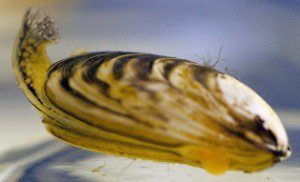
Tiny Mussels Invade Great Lakes, Threaten Fishing Industry
Uploaded on Nov 23, 2011
Tiny mussels are invading the Great Lakes, threatening the health of the waterways and the livelihoods of fishermen. Ash-har Quraishi of WTTW Chicago reports.
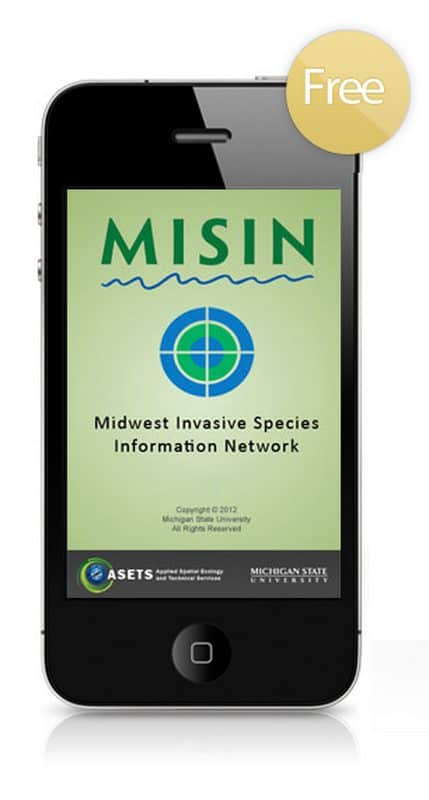
Reporting Invasive Species – FREE APP The MISIN smartphone app provides a mobile solution for the capture of invasive species field observation data. You can play an important role in the early detection and rapid response to new invasive threats in your area by contributing invasive species observations to the MISIN database.
|
Insert Youtube Video

